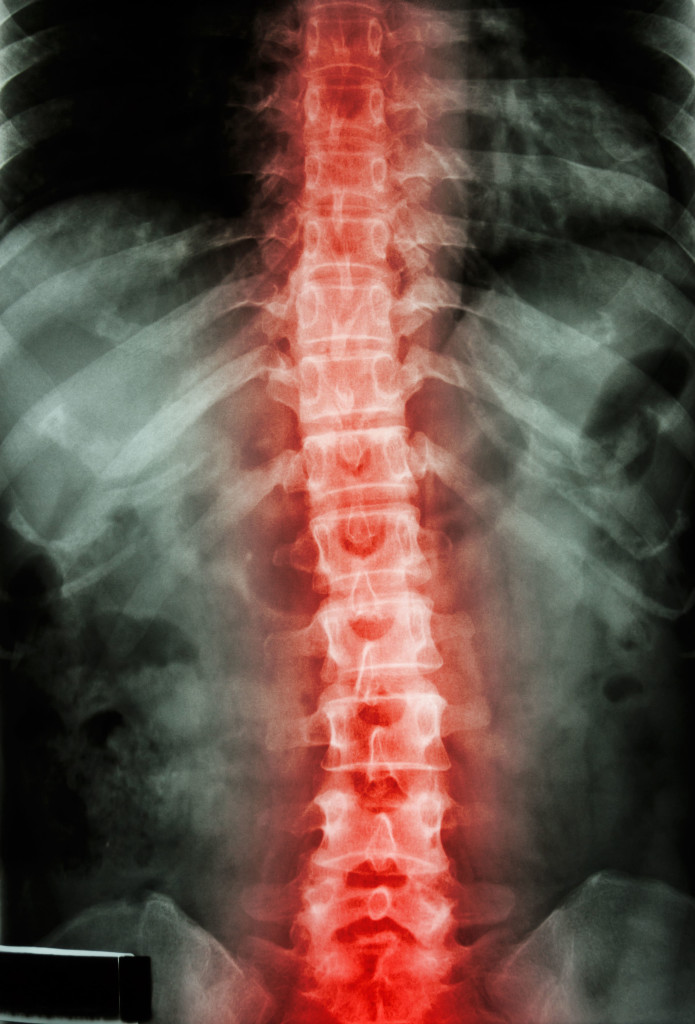Vertebrae Wedge Fractures & the Spine
Category: Spinal Cord Injury | Author: Stefano Sinicropi
 The spine is a complex and vital bodily structure, and there are many ways in which it can be damaged. We have talked previously about compression fractures of the spine. Today we’re going to focus on a subset of compression fractures known as vertebral wedge fractures. This blog will focus exclusively on spinal wedge fractures. We’ll talk about what they are, how they differ from other types of fractures, and discuss the best methods for treatment.
The spine is a complex and vital bodily structure, and there are many ways in which it can be damaged. We have talked previously about compression fractures of the spine. Today we’re going to focus on a subset of compression fractures known as vertebral wedge fractures. This blog will focus exclusively on spinal wedge fractures. We’ll talk about what they are, how they differ from other types of fractures, and discuss the best methods for treatment.
What are Vertebrae Wedge Fractures?
First things first – what exactly is a vertebral wedge fracture? Wedge fractures in the spine are compression fractures typically found in the middle spine (thoracic region). The term “wedge fracture” comes from the fact that these fractures make the vertebrae look like wedges.
Wedge fractures can occur for a number of reasons, including:
- Acute physical trauma, such as that from a car accident, a sports injury, or a slip and fall episode.
- Degeneration and wear-and-tear over time can weaken the vertebrae and discs and increase a person’s risk of wedge fractures.
Diagnosing wedge fractures entails a physical exam, coupled with imaging tests like x-rays, CT scans, and MRIs.
What are the Best Treatment Options?
Treatment for wedge fractures depends on the fracture itself. These fractures cause a reduction in the height of the vertebrae. If the height loss is minimal (anything under 50%), conservative treatments are attempted first. These can include bed rest, bracing, physical therapy, and pain medication. When height loss exceeds 50%, surgery is considered. The surgery performed is typically a spinal fusion, with the ultimate goal being to restore height to the vertebrae and provide stability to the spine.
If you think you may have sustained a wedge fracture, make an appointment with a spine doctor right away. Don’t just ignore the problem. Get the help you need today so you can live pain free tomorrow.